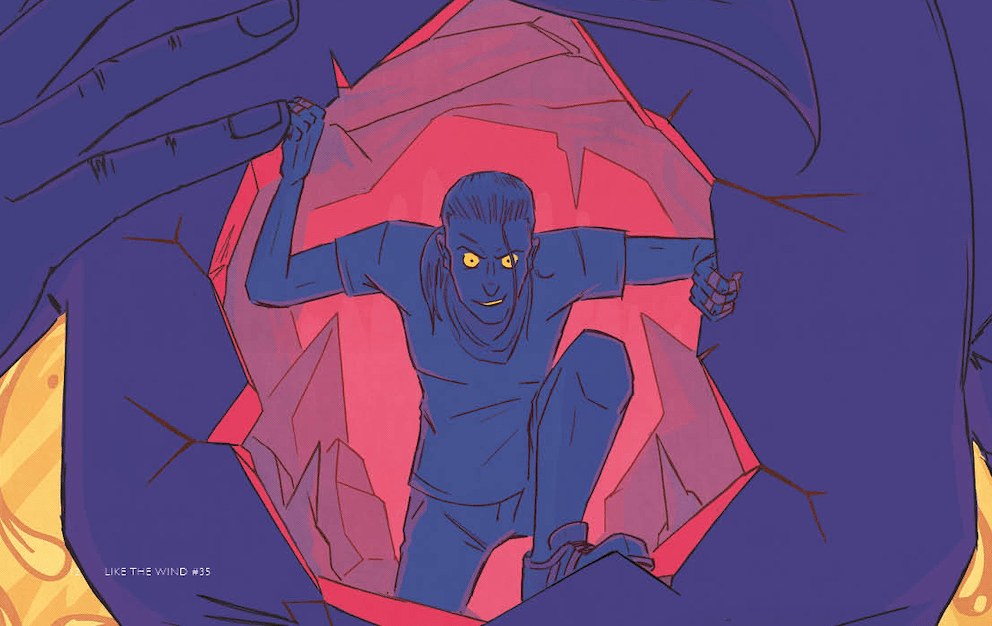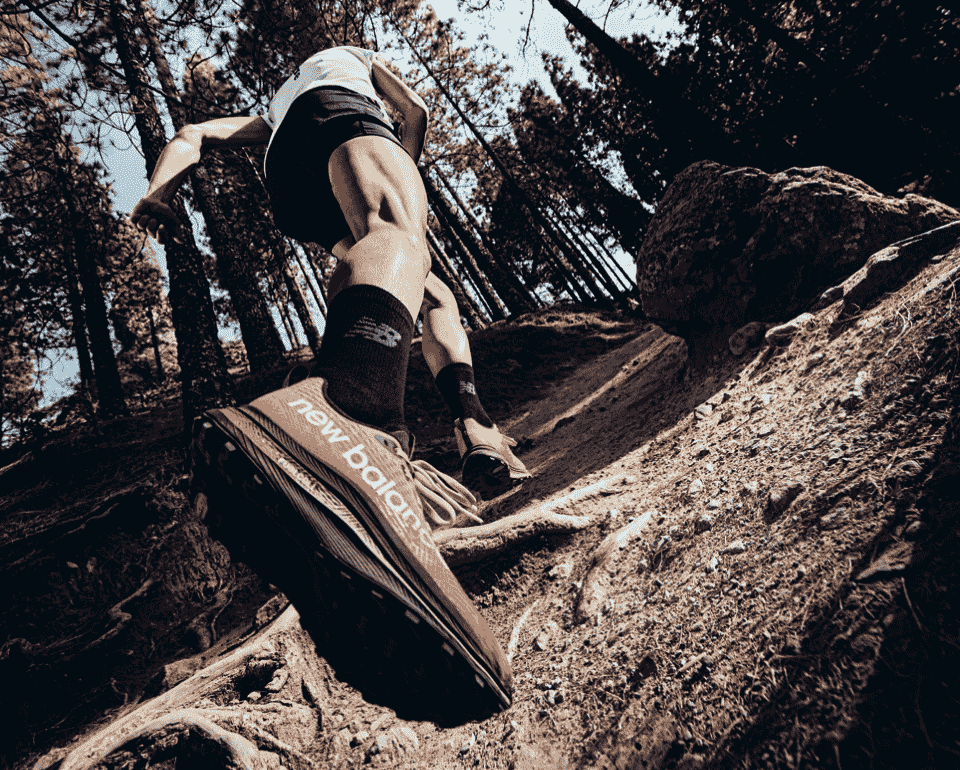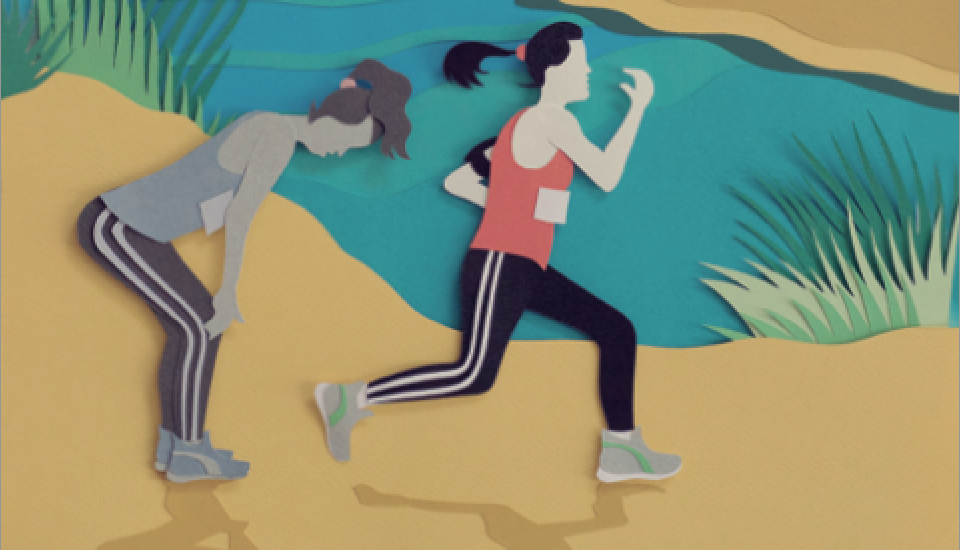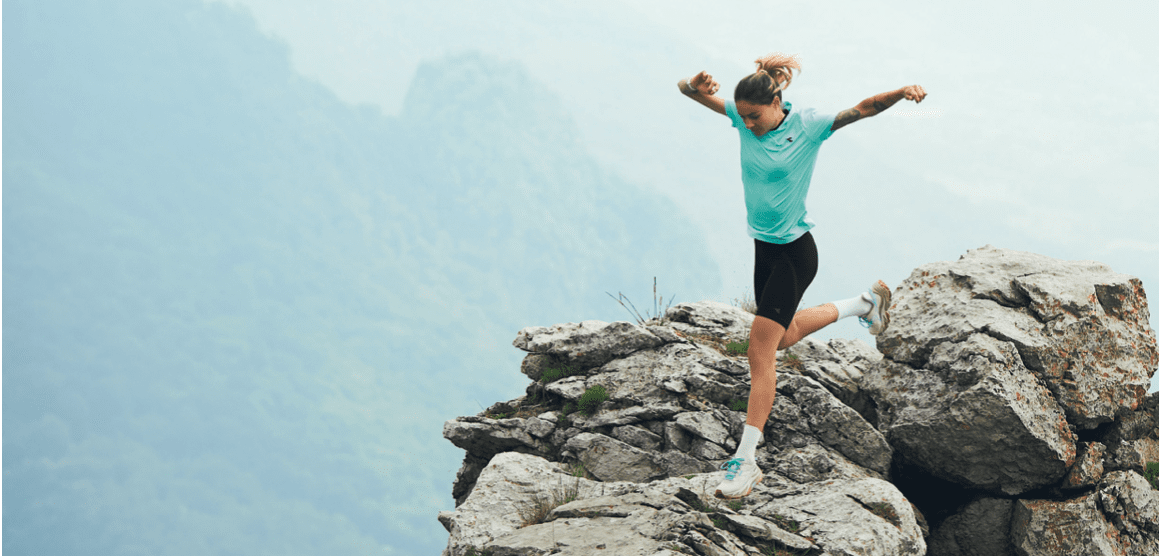Like the Wind Digital Storytelling
“Do you think that’s wise?”

Whatever challenge she takes on, Courtney Dauwalter continues to amaze, pushing herself beyond her limits to reach new highs. Writer Sarah Barker has known Courtney since the ultra runner was in high school with her daughter and has often looked at Courtney’s adventures through protective parental eyes. What are Courtney Dauwalter’s limits, and why does she continue to push them? Is suffering really a good thing? Sarah thought she’d better give Courtney a call…
The Ties That Bind

For a running crew – or any organised group, for that matter – to have an impact, it needs to have a mission. A reason to exist. The people who are part of that group need to know why they are there. The “reason why” is a crucial element of the success of Mexico City-based crew DROMO. And being sure of the mission is the reason that Diadora’s partnership with DROMO is so strong: crew and brand are aligned.
To find out more, there is no one better to talk to than DROMO co-founder Sindo. After all, the crew exists because of his vision and creativity. We sat down with Sindo to explore DROMO’s collaboration with Diadora, which goes beyond regular brand/crew tie-ups… in fact, it goes as far as co-creating a special edition of Diadora’s iconic Atomo V7000 shoe.
Like the Wind #38 Available to Order

In issue 38 of the magazine, we’re proud to share many stories of challenges from all over the world, chronicling the achievements and aspirations of runners from massively varied backgrounds.
We celebrate the record-smashing brilliance of Tigist Assefa at the Berlin Marathon by talking to other women who raced that day – they share both their admiration for the Ethiopian and their own stories of Sunday 23 September. Meanwhile, in California, Laos-born Youa Giglini talks to Chad Sullivan about the challenges she faced in her early life – poverty, global conflict and domestic abuse – and the athletic challenge of running Western States.
What Kate did next

What can a track specialist with a 1,500m personal best time of 4m15.42s teach someone tackling the 55km Orsierès-Champex-Chamonix (OCC) trail race, featuring 3,425m elevation gain and a time limit of 14.5 hours? Not much, you might imagine. But what if those two athletes were in fact the same person?
Kate Avery is a professional British athlete who – after an impressive career mainly running around 400m tracks – has recently turned her sights to the trails. And while the commonalities between the different disciplines might not be immediately obvious, Kate is undaunted. Indeed, she relishes the challenge… and impressive results are already coming.
What a Difference a Day Makes (or, How I Became an Elite Athlete for 24 hours)

Running towards wellness – Celebrating World Mental Health Day

Today is World Mental Health Day. A day dedicated to raising awareness about mental health issues and advocating for mental well-being.
We’ve celebrated mental health in almost every issue of Like the Wind magazine. Why? Because running and mental health are inextricably linked. Running is powerful, versatile and takes on many forms. It can be an escapism for someone seeking comfort. It can be a meditation tactic or therapy. It can also be a confidence-booster, a cathartic release, a form of punishment and pain, or it can simply be running.
GROUNDED ON NATURE

Why do runners love the mountains? It could be the unpredictability of the environment: the way the weather can change in a heartbeat, and the range of surfaces underfoot. Mountains combine beauty and excitement as well as physical and mental challenges. As an antidote to man-made environments, there is nothing quite like being in the planet’s high places to feel really connected with the raw power of nature.
When it comes to being the best athlete you can be on the trails, there are a few considerations. Obviously being physically well prepared is important. Getting into the right mindset also helps. And having the right equipment – especially shoes – is crucial. The Equipe Sestriere-XT shoe marks a new approach in trail equipment for Diadora.
Facing the Elements

THE NUMB3RS NEVER LIE

Sometimes the numbers can be overwhelming. The distance to be covered. The metres to be climbed and descended. The cut-offs that need to be avoided. The weight of the compulsory kit. Even the amount of calories needed to achieve the results we seek.
But runners in the mountains have an uncanny way of staring down the numbers and making them more manageable. At the start line of a race, you’ll see digits and diagrams scribbled on forearms, denoting the number of cols or passes to be crossed or the times by which each checkpoint needs to be reached.

